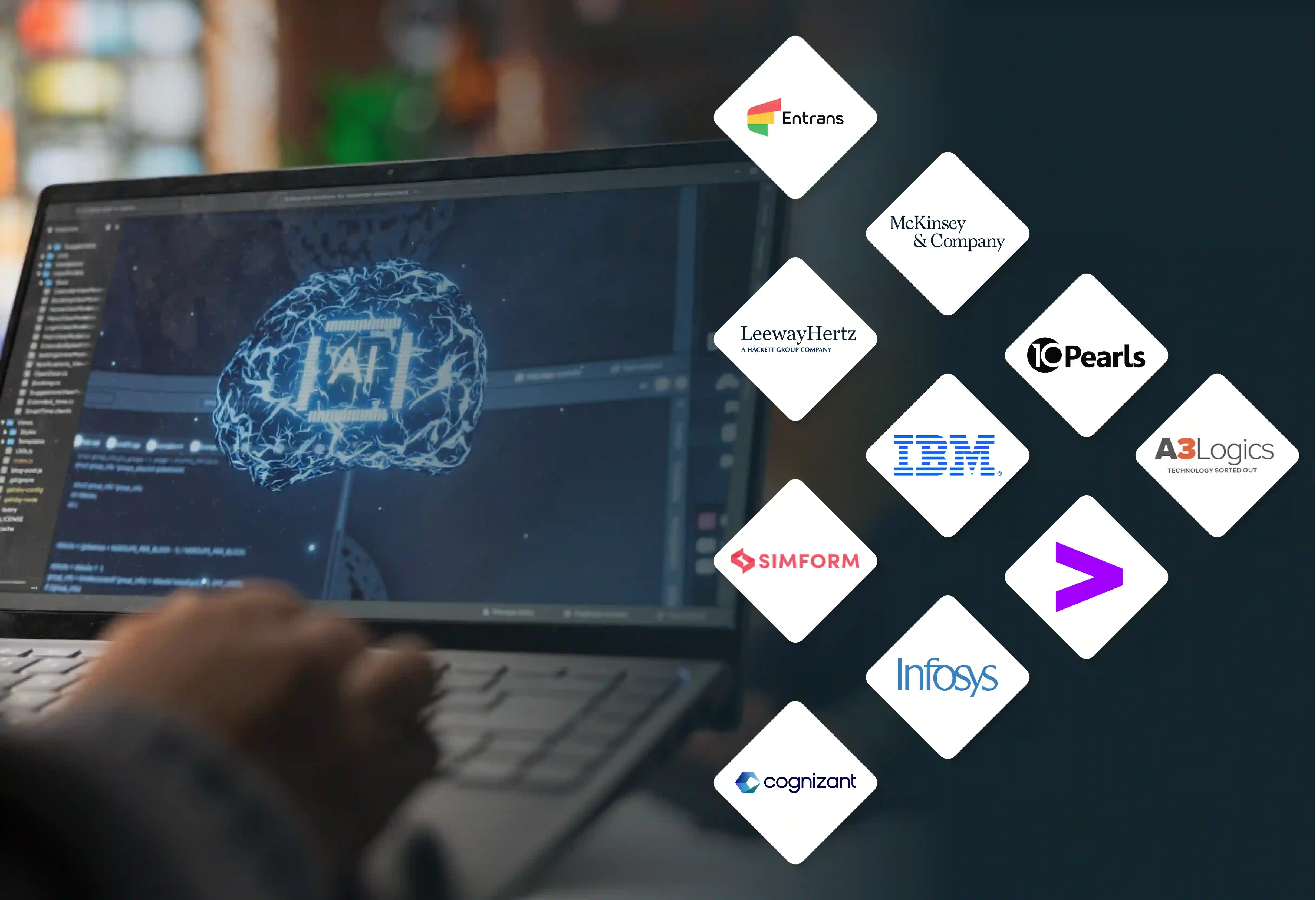


For many enterprises, the initial pitch for modernization centers on efficiency. Leaders look at the cost of maintaining legacy systems and the savings promised by cloud and automation. These benefits are real, but they are only the beginning.
The true measure of modernization is not how much it reduces IT spend or streamlines processes. It is how modernization enables enterprises to create deeper, more meaningful, and more reliable relationships with their customers.
Customer-centric outcomes — trust, personalization, speed, and reliability — are what ultimately determine resilience and competitiveness in a digital-first world.
Legacy systems do not just strain IT budgets; they directly impact the customer experience:
Each of these issues translates into lost loyalty, higher churn, and weaker brand reputation.
When enterprises modernize their digital core, the benefits cascade to the customer. Modernization enables:
These outcomes shift modernization from a cost-driven initiative to a customer-centric growth strategy.
Customers expect interactions that reflect their unique context. Modernized data platforms make this possible by:
For example, a retail bank that modernizes its data environment can personalize financial advice, offer targeted loan products, and predict fraud in real time. This builds trust while enhancing revenue.
Customers no longer tolerate batch-driven experiences. Whether it is checking a balance, scheduling a doctor’s appointment, or tracking a delivery, they expect real-time responses.
Application modernization enables:
This responsiveness strengthens loyalty by showing customers that enterprises can meet their needs without delay.
Reliability is a core driver of customer trust. Outages, downtime, or inconsistent performance quickly erode confidence. Cloud-based modernization ensures:
For example, an e-commerce company leveraging cloud-native platforms can handle millions of concurrent transactions without downtime, ensuring customers always have a smooth buying experience.
A global bank modernized its legacy online banking platform. By moving to a cloud-native, API-driven architecture, it reduced login times by 70 percent and introduced personalized dashboards for customers. The improved performance increased digital adoption and led to higher cross-sell rates.
A healthcare provider modernized its patient engagement platform, integrating telehealth, scheduling, and electronic health records into a unified system. Patients reported shorter wait times and better continuity of care, while the provider saw improved satisfaction scores and reduced call center load.
Enterprises that modernize for customer value achieve results that extend beyond IT metrics:
These outcomes make modernization a strategic lever for growth.
To ensure modernization delivers customer value, enterprises should:
Efficiency gains are valuable, but they are only part of the modernization story. The real transformation happens when enterprises reimagine their digital core to deliver outcomes that matter most to customers.
Modernization enables enterprises to create experiences that are fast, reliable, personalized, and secure. These are the qualities that build trust, deepen loyalty, and drive sustainable growth.
Enterprises that modernize with the customer at the center will not only operate more efficiently. They will thrive by creating relationships that withstand disruption and evolve with changing expectations





